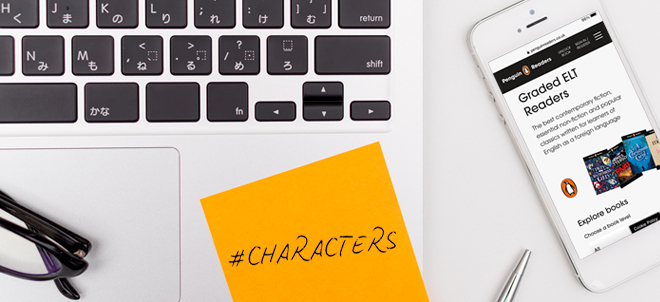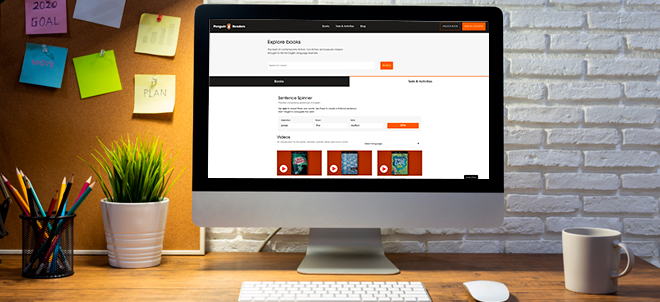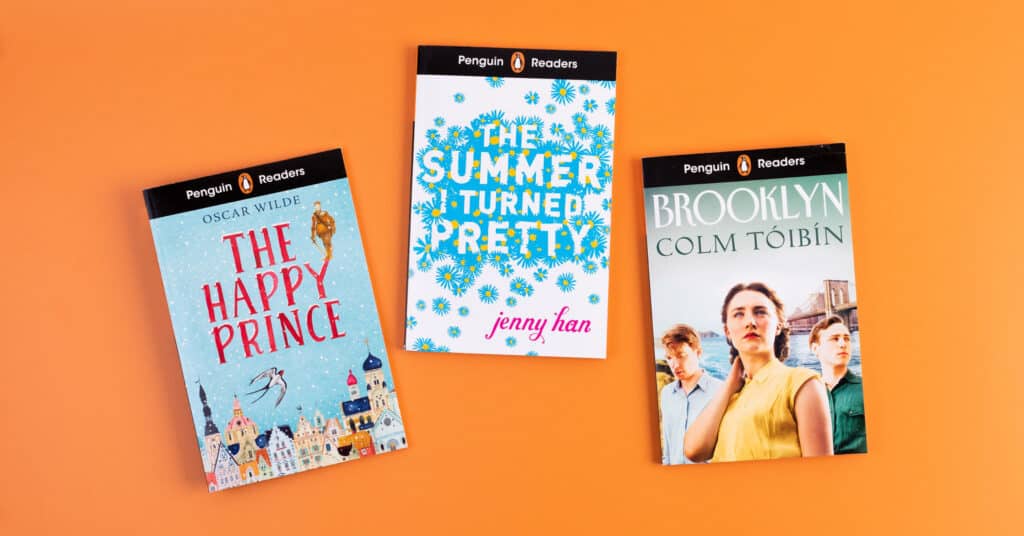9 Tips to Kick-Start Studying at Home
Struggling to study at home during lockdown? In need of some fresh ideas to break up your desk-time? We asked educational consultant Dani Mundy for her top tips to help beat procrastination when learning English at home.
One of the benefits of learning at home is more control over your learning space and being able to tailor your surroundings. Ask yourself these questions:
- How do you best remember new words?
- Are you a visual learner?
- Does using audio help words stick?
- Do you enjoy bite-sized learning or longer study sessions?
Here are a selection of ideas to kick-start your at-home study sessions and find a strategy that works for you.
Tailor your approach
1. Visual learning: The hashtag wall

Every time you come across a new word, put it on a post-it note or card with the hashtag symbol. Display the new words where you can see them and try and review them regularly. This could be for five minutes in the morning, in the evening or simply once a week. Look at each word and think about putting it into a sentence. Then try and use all of the words in a sentence, paragraph or short story.
2. The audio approach: Get your headphones on!
If you prefer an auditory approach, record new words onto your phone and listen to them whilst taking a walk. Or, listen to the audiobook version of your text (available on the Penguin Readers website). This will help you review key language as well as increase your understanding of the characters and the overall story.
3. The personal vocabulary: Notebooks at the ready!
When you encounter a new word it is important to understand how it can be used in a context. Make a note of how the word is used in the book and mark the page number. Even if you are not familiar with the phonetic alphabet, it is useful to note down the phonemic script when looking at a new word, this can help with the pronunciation and the differences between spelling and how we pronounce a word. You’ll find all the info you need in a good dictionary.
Word
Harness
(Taken from Penguin Readers The Call of the Wild)
Pronunciation
/hɑːnəs/
Context
Francois put a harness on Buck. (pg 16)
Sentence
I placed the harness on the angry dog.
4. Beat procrastination: The stopwatch challenge
Think about shorter activities that are achievable each day. Set a timer for five, ten, or 30 minutes and stick to it.
- Set yourself a daily 30-minute reading challenge.
- Set yourself ten minutes to review vocabulary from the #hashtag wall.
- Set yourself five minutes to review words from the Penguin Readers Sentence Spinner daily.
- Set yourself a 30-minute weekly task to write a review on a book you have read, this could be part of a book or a whole book.
5. Repetition Learning: Give the Sentence Spinner a go.

A major part of retaining vocabulary is to repeat and recycle. This will help keep language active rather than passive. Use the Penguin Readers Sentence Spinner to recycle language. The spinner gives you three words and you can then write a sentence using these three words. Next, make a story, write a paragraph, or give each word a definition.
6. Summarising skills: Penguin Tweets
Think about a Penguin Reader you have read. How can you summarise it? Summarising is an effective way to consolidate your understanding and practise writing too. A fun way to do this is to try to fit your summary into the length of a tweet! You could adapt this activity and write about your favourite part of the book, about a specific character, a prediction on what happens in the next book, or just your personal review of the book. Jot down a ‘Tweet’ after each chapter – this is a useful way to review all the content once you finish the book.
7. Immerse yourself in the story: Film adaptations
It’s important to remember that stories are meant for enjoyment too. So why not take a break from reading and relax into a film adaptation to break up your study sessions? Look at the differences between the book and the film. You could also think about the characters and how they are portrayed in a film adaptation. How is it different from the book?
8. Character analysis: Who’s who?
Can you remember everything about the characters in the book? How do you remember key details? An effective tool is to use the character pictures at the front of each Penguin Readers book. Whilst reading, make a note of key words that represent each character. This can really help when you need to reflect on a character or complete a written task or comprehension task on the characters. You could also categorise information about each character using post-it notes on your hashtag wall.
9. Time to get visual: Make a picture board
After reading a page, book, or chapter, select some pictures and make a picture board. Use the pictures to reflect a scene. You can use the pictures as a stimulus for a writing task or talk through what has happened in the book in chronological order.






